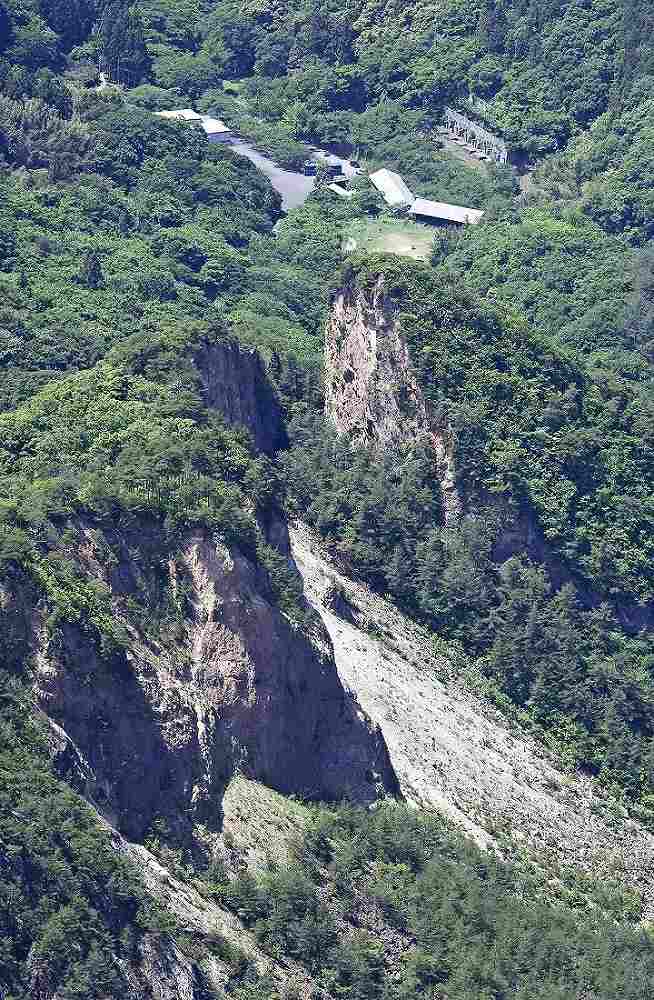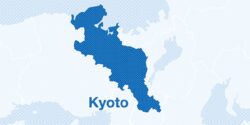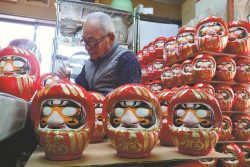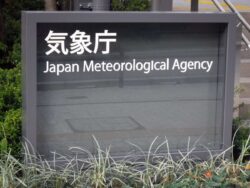
Sado gold mine site in Niigata Prefecture, aiming to be registered as a World Heritage Site
10:38 JST, June 7, 2024
Tokyo (Jiji Press)—An advisory panel to UNESCO has highly evaluated Japan’s bid to get the Sado gold mine site in Niigata Prefecture registered as a World Cultural Heritage, Japan’s Agency for Cultural Affairs said Thursday.
The gold mine site received a “referral” recommendation, the second from top among four recommendations, from the advisory panel, the International Council on Monuments and Sites, or ICOMOS. This means the Japanese government was asked to submit additional information about the site.
ICOMOS concluded that it is worth considering the inscription of the gold mine site as a World Cultural Heritage site, the Japanese agency said.
The panel makes inscription, referral, deferral, or noninscription recommendations to World Heritage candidate sites. A site for which the panel makes an inscription recommendation is officially inscribed as a World Heritage site in principle.
Many sites for which referral recommendations were made have been listed as World Cultural Heritage sites, according to the Japanese agency. The Japanese government aims for the listing of the Sado gold mine site at a World Heritage Committee meeting in late July in New Delhi.
If registered, the Sado gold mine site will be the 21st UNESCO World Cultural Heritage site in Japan. The gold mine site is made up of the Nishimikawa gold mine and the Aikawa and Tsurushi gold and silver mines.
In the 17th century, it became one of the world’s largest gold production areas, and the mined gold financially supported the Tokugawa Shogunate in Japan’s Edo era and was used to decorate works of art.
In February 2022, the government submitted a letter of recommendation to UNESCO, saying that the gold mine site is a rare industrial heritage that utilized traditional handicrafts in the Edo era and maintained its large scale for a long time.
It submitted a revised letter in January 2023 after UNESCO pointed to a lack of an explanation on waterways of the gold mine site.
Seoul is opposing the inscription of the site, saying that people from the Korean Peninsula were forced to work there.
"Society" POPULAR ARTICLE
-

M4.9 Earthquake Hits Tokyo, Neighboring Prefectures
-

Israeli Tourists Refused Accommodation at Hotel in Japan’s Nagano Pref., Prompting Protest by Israeli Embassy and Probe by Prefecture
-

M7.5 Earthquake Hits Northern Japan; Tsunami Waves Observed in Hokkaido, Aomori and Iwate Prefectures
-

Tsukiji Market Urges Tourists to Avoid Visiting in Year-End
-

High School in Kyoto Says Students Shoplifted during Recent School Trip to Bali, Indonesia
JN ACCESS RANKING
-

Tokyo Economic Security Forum to Hold Inaugural Meeting Amid Tense Global Environment
-

Keidanren Chairman Yoshinobu Tsutsui Visits Kashiwazaki-Kariwa Nuclear Power Plant; Inspects New Emergency Safety System
-

Imports of Rare Earths from China Facing Delays, May Be Caused by Deterioration of Japan-China Relations
-

University of Tokyo Professor Discusses Japanese Economic Security in Interview Ahead of Forum
-

Japan Pulls out of Vietnam Nuclear Project, Complicating Hanoi’s Power Plans























